In 2016, something extraordinary happened: the Chinese Super League (CSL) outspent the English Premier League in transfer fees. Yes, you read that right. A league barely a decade old was throwing around more money than the richest football competition in the world.
The £45 million signing of Brazilian midfielder Alex Teixeira by Jiangsu Suning was a clear indicator of this financial revolution. But this isn’t just a story about spending big and making headlines—it’s a cautionary tale of how £900 million in transfer fees led to a meteoric rise and a catastrophic fall. From record-breaking transfers to entire clubs dissolving overnight, the dream of global football dominance quickly turned into a nightmare, leaving shattered ambitions in its wake.
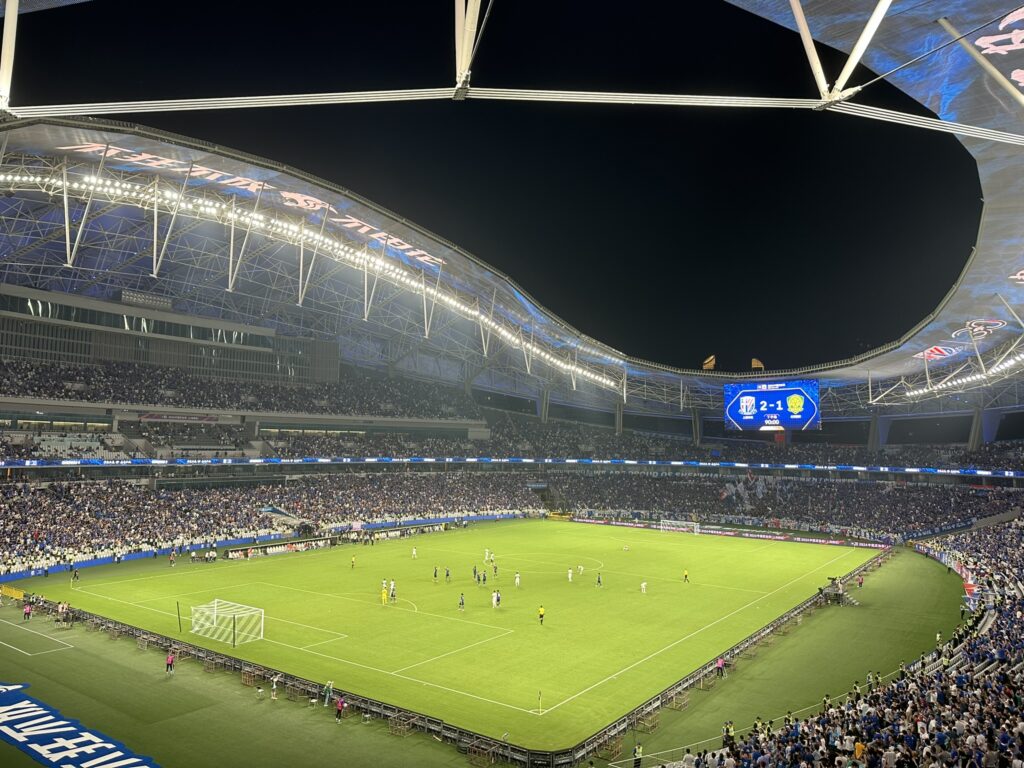
Humble Beginnings: The Birth of the CSL
The Chinese Super League emerged from the ashes of the Jia-A League in 2004, marking the start of a new era for Chinese football. Initially, it had 12 teams and struggled to establish itself both domestically and internationally. Attendances were modest, and stadiums were far from full on matchdays. Lacking star power and effective marketing, the league had a long way to go in gaining recognition.
Financial constraints meant that clubs operated with tight budgets, limiting their ability to invest in infrastructure, youth development, or talent acquisition. Compared to other emerging football leagues around the world, the CSL was well behind in terms of global presence and financial strength.
However, the league’s organizers were determined to improve. In the early years, they worked to professionalize the competition, improve refereeing standards, and implement stricter regulations. A breakthrough moment came in 2006, when Beijing Guoan’s Emil Martinez scored a stunning bicycle kick against Shanghai Shenhua—an iconic goal that hinted at the CSL’s potential to grow.
In the years that followed, a few clubs emerged as dominant forces. Shenzhen Jianlibao (now Shenzhen FC) clinched the inaugural CSL title in 2004, and Dalian Shide maintained success with multiple championships. By 2012, the CSL expanded to 16 teams, reflecting the rising popularity of football in China and a desire for greater competition.
Although the league was far from being a global powerhouse, it had firmly established itself as the leading football competition in China.
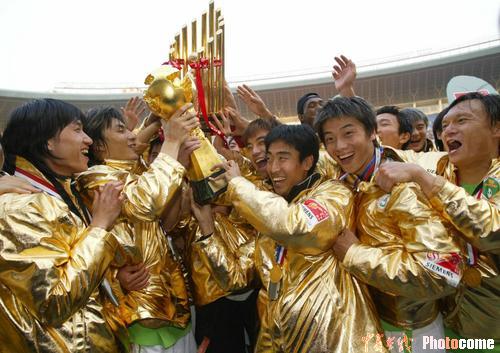
The Great Leap Forward: Government Ambition Takes Hold
The turning point for Chinese football came in 2013 when Xi Jinping became president. Xi’s passion for football—rooted in his childhood experiences—sparked a vision to transform China into a “soccer powerhouse.” His personal connection to the sport became the driving force behind ambitious government plans to revamp Chinese football.
In 2015, the Chinese government rolled out a bold 50-point plan to overhaul the sport at all levels. Among the goals was for China to host and win a World Cup by 2050. The plan included the creation of 20,000 soccer schools, 70,000 pitches, and a professionalization of the Chinese Football Association (CFA) to address corruption and improve governance.
But the most immediate impact was seen in the rise of private investment. Promoted as a tool for national pride and soft power, football became a magnet for wealthy Chinese corporations eager to align themselves with the government’s goals. This created a gold rush mentality that led to a massive influx of capital into the CSL.
Clubs like Jiangsu Suning and Shanghai SIPG began spending lavishly, with Jiangsu’s €100 million investment in the 2015-16 transfer window setting the stage for even bigger deals. The £50 million transfer of Alex Teixeira, for instance, signaled China’s arrival in the global football marketplace.
However, this reckless spending spurred concerns about long-term sustainability, and the government soon introduced measures to rein in the extravagance. These changes would ultimately set the stage for the CSL’s downfall.

The Golden Era: World-Class Players and Record-Breaking Transfers
In the mid-2010s, the CSL’s financial power was on full display. The league lured high-profile players from Europe, including Jackson Martinez (£31 million to Guangzhou Evergrande) and Ramires (£25 million to Jiangsu Suning). However, these were just the beginning of what would become a transfer frenzy.
By the 2016 transfer window, the CSL outspent the Premier League, shocking the global football world. The most eye-popping transfer came when Oscar moved to Shanghai SIPG for £60 million, breaking the Asian transfer record. Not far behind, Hulk joined the same club for £46 million, with a reported weekly wage of £320,000.
Carlos Tevez, once the highest-paid player in the world at $820,000 per week, was another standout of this golden era. The CSL was no longer seen as a league for aging stars but as a legitimate competitor for players in their prime.
European clubs watched with a mix of awe and concern, realizing that China was becoming a serious player in the global transfer market. As more global stars arrived, the CSL’s attendance soared, with matches regularly drawing up to 50,000 fans.
But this success was built on shaky foundations, and cracks soon began to appear.
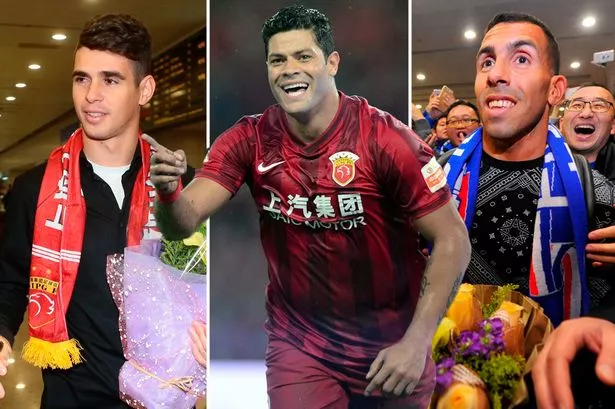
The Backlash: Financial Restrictions and League Instability
In 2017, the government stepped in with a series of sweeping regulations that reshaped the landscape of Chinese football. The Chinese Football Association (CFA) imposed restrictions on the number of foreign players allowed in matchday squads, limiting it to three per team and mandating the inclusion of two domestic players under 23. These changes were intended to promote homegrown talent and curb excessive spending, but they also destabilized the league.
Clubs that had based their success on foreign imports were now forced to offload expensive players, leading to financial chaos. The introduction of a 100% tax on foreign transfers over £5 million in 2018 further dampened the CSL’s spending spree, and big-name signings like Diego Costa’s move to Tianjin Quanjian were canceled.
This sudden shift in policy caused a sharp decline in fan engagement and eroded the league’s international appeal. Foreign players like Carlos Tevez openly criticized the league, with Tevez even calling his time in China a “holiday.” The new regulations, though well-intentioned, proved to be a double-edged sword, leaving many clubs in disarray.
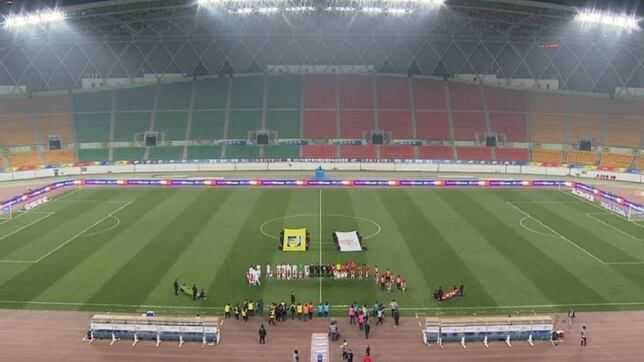
The Perfect Storm: Financial Crisis and the Pandemic
As the CSL’s fortunes waned, external factors exacerbated the crisis. China’s economic slowdown, coupled with the outbreak of the COVID-19 pandemic in 2020, created a perfect storm that decimated the league’s financial model.
Many CSL clubs were owned by real estate tycoons, and the downturn in China’s property sector made it increasingly difficult for these clubs to secure funding. The pandemic led to empty stadiums, further reducing revenue from ticket sales and sponsorships. Guangzhou Evergrande, the CSL’s most successful team, saw its owner’s personal wealth plummet from $45.3 billion in 2017 to just $3.1 billion in 2022.
In 2020, Jiangsu Suning—fresh off winning the CSL title—ceased operations, a shocking reminder of the league’s fragile financial state. Many other clubs, unable to meet their financial obligations, followed suit. The Chinese Football Association responded with a salary cap to restore financial stability, but this only further limited clubs’ ability to compete for top talent.
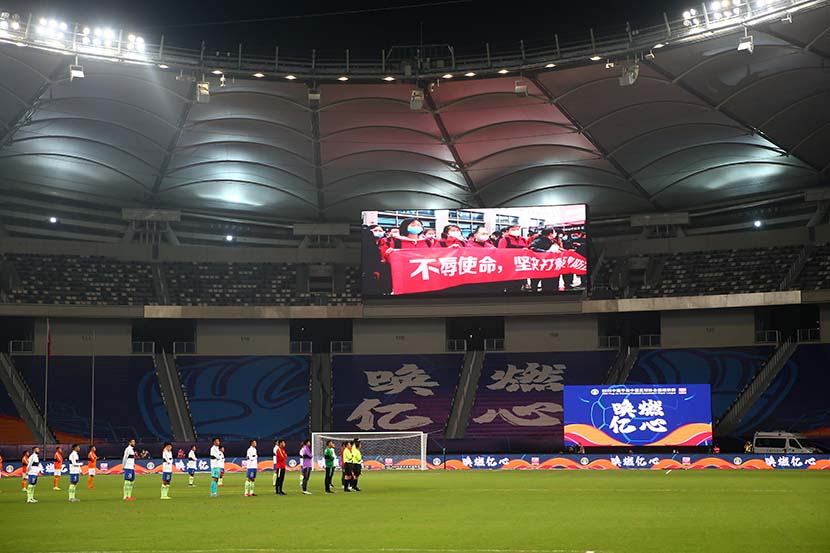
The Fall: Club Closures and a Shattered Dream
By 2021, the CSL’s decline was undeniable. Jiangsu Suning’s dissolution was a blow to the league, and other teams, such as Tianjin Tianhai, followed suit. The once-mighty Guangzhou Evergrande was relegated in 2022, and by 2025, the club was expelled from the professional leagues due to unpaid debts.
The mass exodus of foreign players continued, and the league’s once-vibrant image faded. Clubs rebranded, removing corporate names to comply with new regulations, but this only further distanced the CSL from its high-flying past.
The economic and social impacts were felt beyond the pitch, as local businesses that relied on matchday crowds suffered, and youth academies tied to defunct clubs closed their doors.
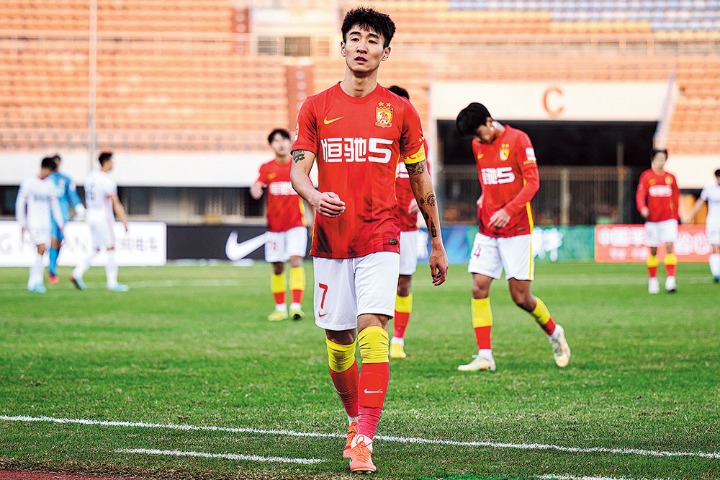
Conclusion: A New Beginning or the End?
The rise and fall of the Chinese Super League has been a dramatic tale of ambition, excess, and collapse. Yet, despite this decline, China’s football dreams are far from over. The focus has now shifted to sustainable growth, with efforts to develop domestic talent and build infrastructure at the grassroots level.
Recent matches have seen renewed fan interest, and the CSL is exploring ways to balance financial responsibility with competitive ambition. The future of Chinese football may no longer lie in big-money transfers and marquee foreign stars, but in a more sustainable and homegrown approach. Whether this will restore the CSL to its former glory remains to be seen, but the lessons from its rise and fall will shape the league’s path forward.
https://youtu.be/Zo_ZFjy5udA

